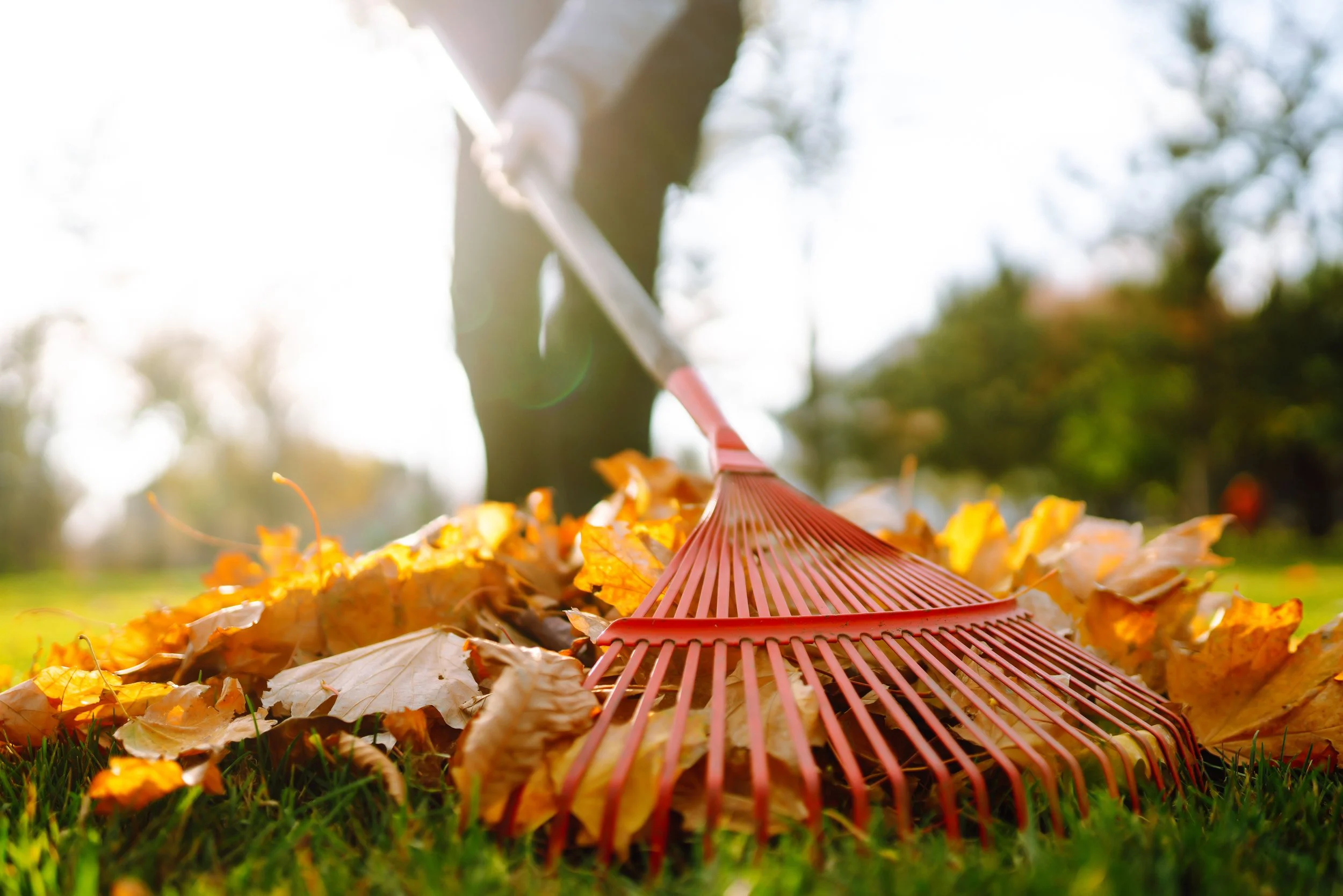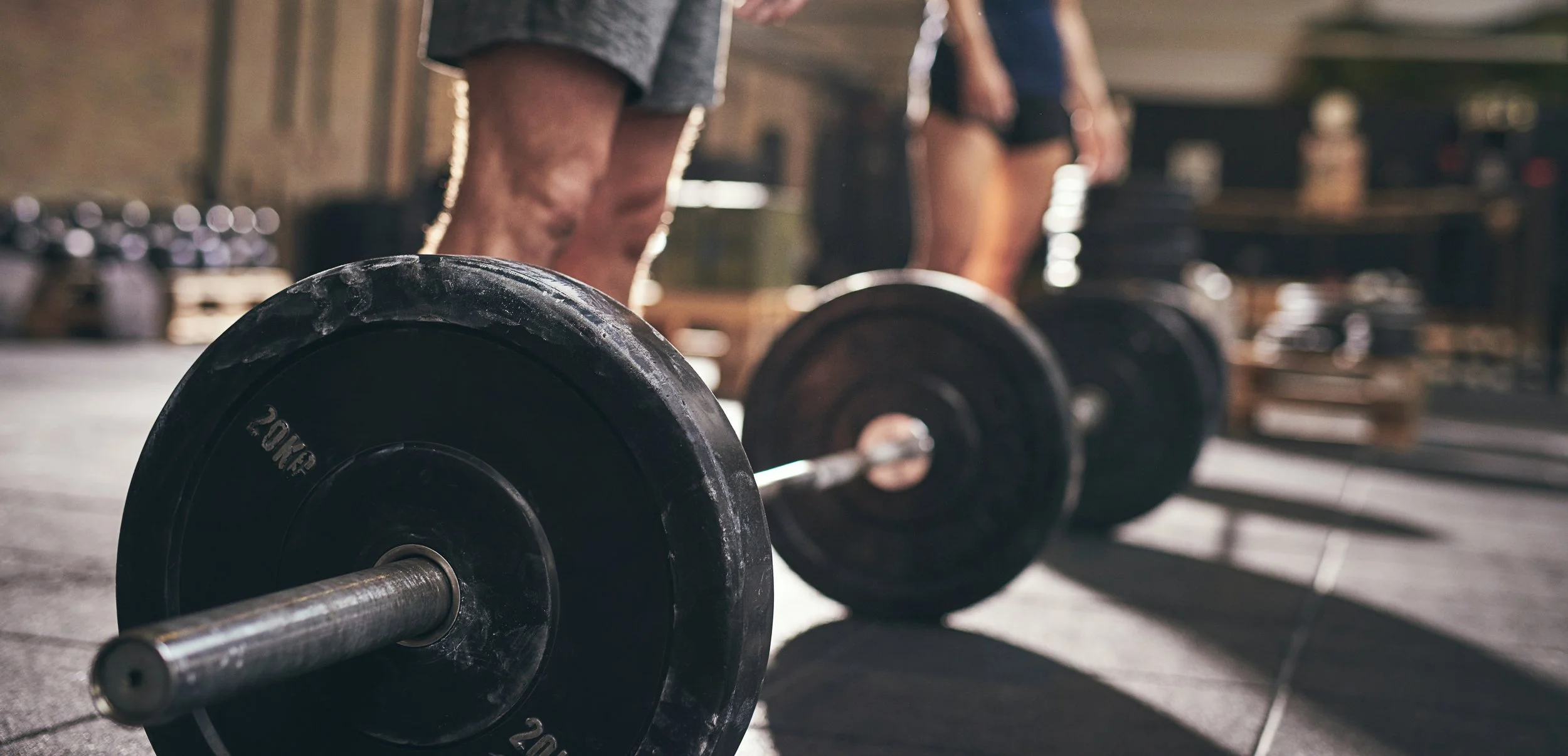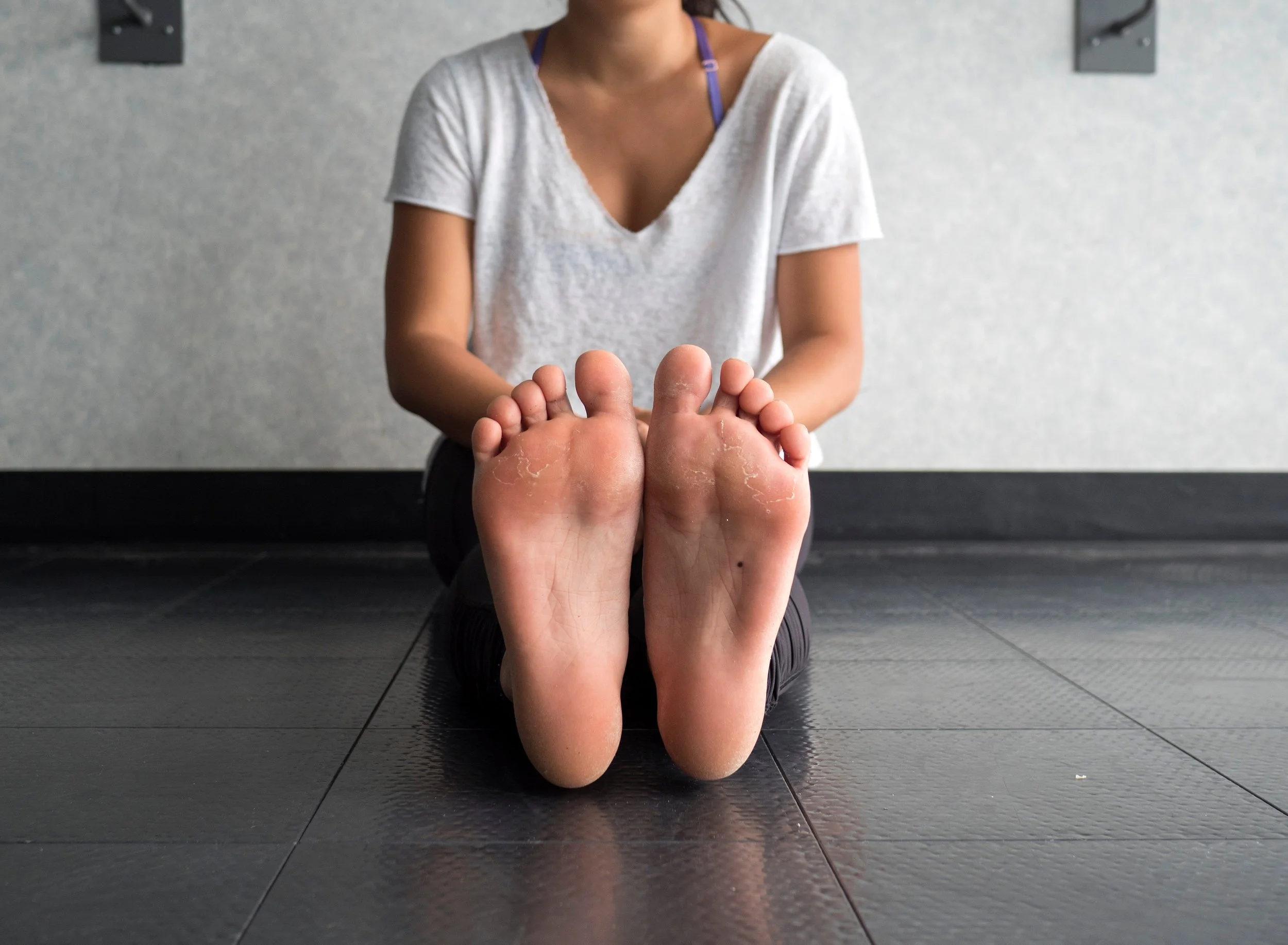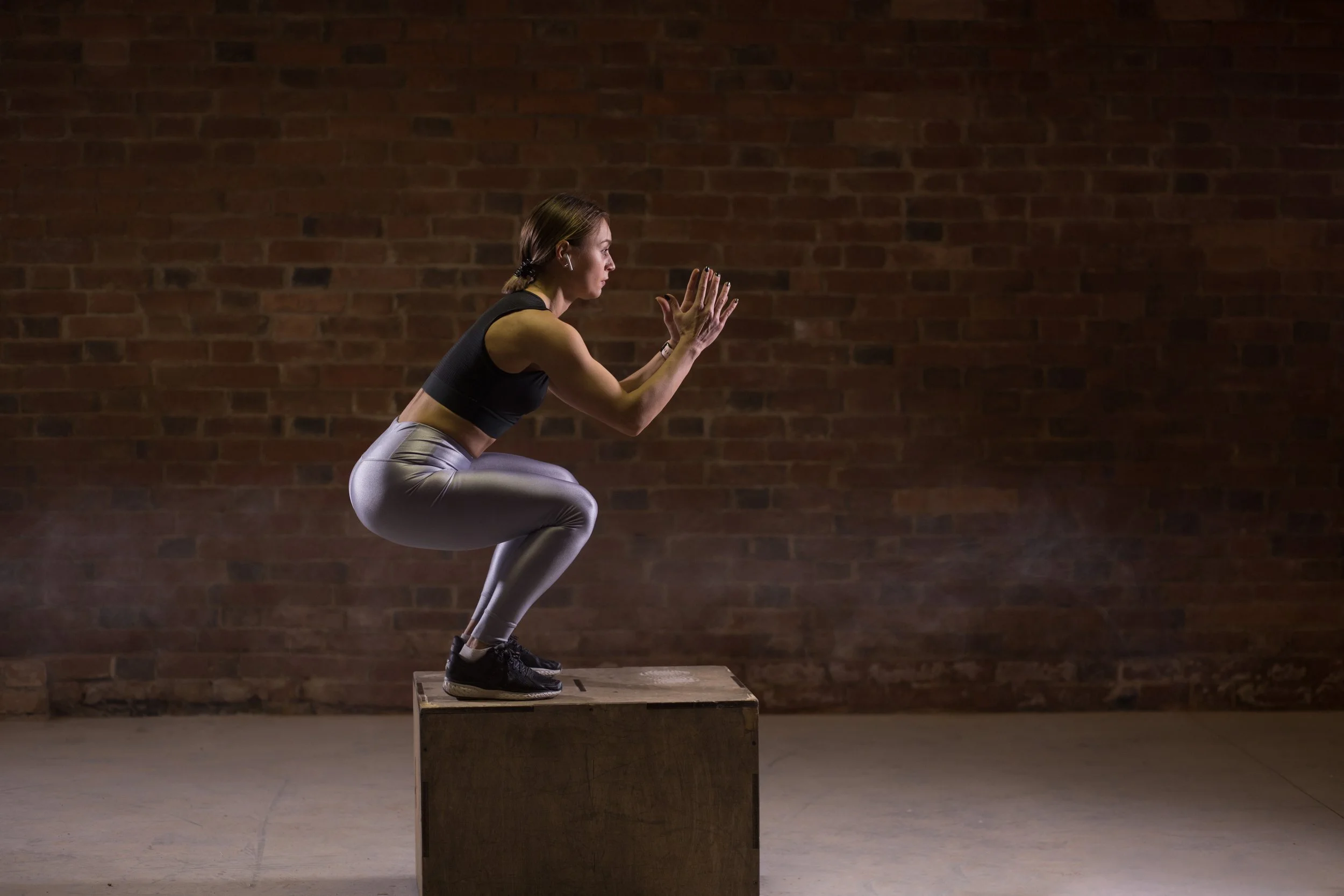It is that time of year where many people are hitting the pavement and trails ramping up for races or just general fitness goals. Some may have gutted out the wintry weather and tried to sneak in runs during breaks in the rain or indoors on the always reliable treadmill. With an increase in volume of running, we often see repetitive stress injuries that can come with inadequate attenuation of forces. If you’ve been running long enough, chances are you know someone or have a running partner who dealt with a recalcitrant tendon issue, whether involving the Achilles tendon, peroneal tendon or patellar tendon. Or maybe you had to deal with it yourself. If so, hopefully you’ve packed your patience as the process can be frustrating. If you have ever had these injuries sideline you then you know how it can hinder your ability to compete in athletic activities. It’s helpful to understand the physiology of what is happening to the tendon in order to know how best to treat it, ideally while working alongside a physical therapist familiar with running and jumping injuries.
Relative Energy Deficiency
If you're a runner, you may have heard of the Female Athlete Triad, a term once used to describe a combination of low energy availability, menstrual dysfunction, and bone health issues. However, our understanding of these conditions has evolved, giving rise to a broader concept: Relative Energy Deficiency in Sport (RED-S). This condition is not just for elite female athletes; it affects athletes of all levels and genders. Let’s break down what RED-S is, why it's important, and how you can protect yourself as a runner.
Shin Splints in Youth Football
Shin splints are characterized by pain along the inner edge of the shinbone (tibia). This condition occurs when muscles, tendons, and bone tissue around the tibia become overworked. Shin splints are common in athletes who engage in activities with a lot of running and jumping, particularly when the body is not yet accustomed to the intensity of the activity.
CrossFit
In the ever-evolving world of fitness, CrossFit has emerged as a dynamic and intense workout regimen that captivates enthusiasts seeking a combination of strength, endurance, and functional workout. While it has gained popularity rapidly over the last decade, there is a large amount of misinformation and preconceptions regarding it as a means of physical activity. As a physical therapist, my aim is to provide you with a holistic view of CrossFit—highlighting its benefits, potential drawbacks, and the role of physical therapy in your health journey.
Patellafemoral Pain Syndrome
What is Patellofemoral Pain Syndrome?
Patellofemoral pain syndrome (PFPS), also known as “runner’s knee”, is a broad term that describes pain in the front of the knee and around the kneecap. It’s one of the most common overuse injuries of the knee. Although it’s more common in individuals that participate in sports with lots of running or jumping, it can occur in nonathletes as well.
Patellofemoral Pain Syndrome
What is Patellofemoral Pain Syndrome?
Patellofemoral pain syndrome (PFPS), also known as “runner’s knee”, is a broad term that describes pain in the front of the knee and around the kneecap. It’s one of the most common overuse injuries of the knee. Although it’s more common in individuals that participate in sports with lots of running or jumping, it can occur in nonathletes as well.
Plantar Fasciitis
The early signs of Plantar Fasciitis include:
Pain or burning sensation in the heel or the bottom of the foot, especially in the morning or after sitting for a long time.
Stiffness in the foot, especially in the heel area.
Tenderness in the heel or arch area when touched.
Swelling or redness in the heel area.
Pain that worsens after standing, walking or running for long periods of time.
Running Warmup & Stretching?
It is that time of year where many people are hitting the pavement and trails ramping up for races or just general fitness goals. Some may have gutted out the wintry weather and tried to sneak in runs during breaks in the rain or indoors on the always reliable treadmill. With an increase in volume of running, we often see repetitive stress injuries that can come with inadequate attenuation of forces. If you’ve been running long enough, chances are you know someone or have a running partner who dealt with a recalcitrant tendon issue, whether involving the Achilles tendon, peroneal tendon or patellar tendon. Or maybe you had to deal with it yourself. If so, hopefully you’ve packed your patience as the process can be frustrating. If you have ever had these injuries sideline you then you know how it can hinder your ability to compete in athletic activities. It’s helpful to understand the physiology of what is happening to the tendon in order to know how best to treat it, ideally while working alongside a physical therapist familiar with running and jumping injuries.
ACL Series Part 3: Rehab
Right now, I am 1.5 years post ACL surgery, but 3.5 years post ACL injury. I will be recalling my experience starting at the time of injury all the way through my individual Physical Therapy experience. This will be a multi-part series that tells my story, plus various research facts and personal details along the way.
ACL Series Part 2: Surgery
Right now, I am 1.5 years post ACL surgery, but 3.5 years post ACL injury. I will be recalling my experience starting at the time of injury all the way through my individual Physical Therapy experience. This will be a multi-part series that tells my story, plus various research facts and personal details along the way.
ACL Series Part 1: Pre-Surgery
Right now, I am 1.5 years post ACL surgery, but 3.5 years post ACL injury. I will be recalling my experience starting at the time of injury all the way through my individual Physical Therapy experience. This will be a multi-part series that tells my story, plus various research facts and personal details along the way.
Iliotibial Band Syndrome
IT Band Syndrome
What is it?
Iliotibial band syndrome (ITBS) is a common overuse injury characterized by pain at the outside of the knee. It’s particularly prevalent in endurance athletes such as runners and cyclists-- those who undergo repetitive back-and-forth knee movements. In fact, ITBS is the leading cause of lateral knee pain and the second leading cause of overall knee pain in this population.
Blood Flow Restriction
“Speed kills” is a phrase often heard in the athletic world to emphasize the idea that the faster the athlete is, the more successful he or she will be. As a health professional and a performance coach, it is important to teach athletes that being fast does not always have to rely on genetic background. There are plenty of specific mechanics that can turn speed into a skill.
Patellafemoral Pain Syndrome
What is Patellofemoral Pain Syndrome?
Patellofemoral pain syndrome (PFPS), also known as “runner’s knee”, is a broad term that describes pain in the front of the knee and around the kneecap. It’s one of the most common overuse injuries of the knee. Although it’s more common in individuals that participate in sports with lots of running or jumping, it can occur in nonathletes as well.
Speed Skills
“Speed kills” is a phrase often heard in the athletic world to emphasize the idea that the faster the athlete is, the more successful he or she will be. As a health professional and a performance coach, it is important to teach athletes that being fast does not always have to rely on genetic background. There are plenty of specific mechanics that can turn speed into a skill.
Runner's High
Sometimes runners have a tendency to run and only run. For good reason. Running is fun, endorphins are released and running feels like an efficient use of your exercise time. If you are like me, I love putting races on my schedule to have something to aim for and to give me that extra push when I might otherwise not get out for a run. But to be a complete runner, one should think of running as going hand in hand with strength and stability training. Strength and stability training can be very beneficial to reduce the risk of injury as well as enhance running performance. Runners are often diagnosed with injuries including Achilles tendinopathy, patellofemoral pain syndrome, ITB syndrome, medial tibial stress syndrome (shin splints) and hip bursitis. Use of a formal training program has been found to decrease the risk of race related injury among half marathoners. Even elite runners have a strength and stability program built into their regimen.
The Importance of a Solid Warm Up
Sometimes runners have a tendency to run and only run. For good reason. Running is fun, endorphins are released and running feels like an efficient use of your exercise time. If you are like me, I love putting races on my schedule to have something to aim for and to give me that extra push when I might otherwise not get out for a run. But to be a complete runner, one should think of running as going hand in hand with strength and stability training. Strength and stability training can be very beneficial to reduce the risk of injury as well as enhance running performance. Runners are often diagnosed with injuries including Achilles tendinopathy, patellofemoral pain syndrome, ITB syndrome, medial tibial stress syndrome (shin splints) and hip bursitis. Use of a formal training program has been found to decrease the risk of race related injury among half marathoners. Even elite runners have a strength and stability program built into their regimen.
Strength Training for Runners
Sometimes runners have a tendency to run and only run. For good reason. Running is fun, endorphins are released and running feels like an efficient use of your exercise time. If you are like me, I love putting races on my schedule to have something to aim for and to give me that extra push when I might otherwise not get out for a run. But to be a complete runner, one should think of running as going hand in hand with strength and stability training. Strength and stability training can be very beneficial to reduce the risk of injury as well as enhance running performance. Runners are often diagnosed with injuries including Achilles tendinopathy, patellofemoral pain syndrome, ITB syndrome, medial tibial stress syndrome (shin splints) and hip bursitis. Use of a formal training program has been found to decrease the risk of race related injury among half marathoners. Even elite runners have a strength and stability program built into their regimen.
Adaptation to Load
Have you ever been so sore after a new workout or return to activity that you can barely sit down to use the toilet? This is your body adapting to a new load. This is a fairly simple, but important concept. If your body hasn’t experienced this load ever or in a long time, the chances that you will be sore range from pretty high to certain. Sometimes this scenario leads to 2 days of soreness (DOMS: Delayed Onset Muscle Soreness) and then you return to whatever activity made you sore. Great, your body adapted to the load! On the other side, you find your body was unable to adequately adapt and maybe you cannot return to that activity. Now we have an injury to deal with.
One thing that has been on my mind, and the minds of many other rehab professionals, is...will we see an uptick in injuries for athletes during and after the COVID shutdown? That all depends on whether athletes have been able to maintain their tolerance for the loads that they will be returning to (running, jumping, etc); and/or if they are able to return gradually enough to their respective activities giving their body adequate time to adapt.





















